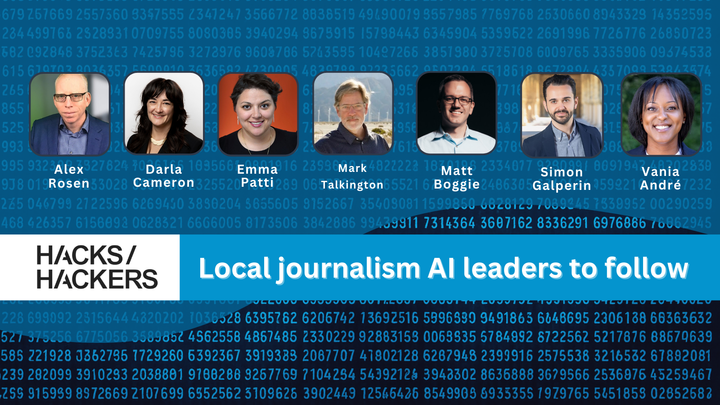Knight Mozilla London Mojo brainstorming session at the Guardian

Mozilla, Knight Foundation, Hacks/Hackers London and The Guardian hosted a brainstorming session in London on May 28, as part of the Mozilla Journalism (#MoJo) initiative. (For more information, follow @KnightMozilla on Twitter). I have been to a lot of journalism-technology brainstorming sessions in the last few years, but I have to say this was one of the best executed I have ever been to. A lot of people have asked me why that is. And I’ll put some of my thoughts down. Here were some of the elements:
The people. The session attracted a good mix of programmers, designers, and journalists. Kudos to Desigan Chinniah of Mozilla in London who beat the bushes to get such a rich assortment of people. Desigan (who is South Asian by blood, South African by birth and British by residency) is just one of those folks who connects a lot of people in the tech scene. The audience was a rich assortment, and even included people from Barcelona.

It was absolutely packed. And it had a decent guy-girl ratio, as far as these techie things kind of go.
Location. The Guardian ended up being a pretty great space to hold the event. It has this pretty open modern design with nooks and crannies, which allowed for the group to gather together in the Scott Room but also break up for their groups. And funky chairs don’t hurt either.

Plus, The Guardian is located right near King’s Cross station (of Harry Potter Platform 9 3/4 fame), which made it convenient to get in and out for everyone. (I actually came in from Paris that day)

Also the credibility of The Guardian meant that this was very journalismy, to go with the Mozilla tech cred.

Great Speakers. They had an impressive line up. Including Paul Lewis of the Guardian on using Twitter to track down witnesses to deaths; Alastair Dant of the Guardian on interactive technologies; Jonathan Austin of the BBC. These were A-list speakers and it both attracted good audience and rewarded them with great view of the cutting edge. Below is a poster of an online data visualization that the Guardian put together.

Specific challenges. The balance of challenges, which are specific to the Knight Mozilla initiative, was both not too general and not too narrow. It wasn’t like “reinventing journalism with technology” nor was it so narrow that people felt locked in. They could choose from the three questions in the chalolenge.
- Unlocking Video: Tell stories better w/ video online
- Beyond Comment Threads: Re-invent commenting and discussion
- People-Powered News: ****What would you build to make news better for the people who create and read it?

Forcing people to put things on paper. Mozilla went around forcing people to put their ideas on paper. You couldn’t just talk. you had to write, write, write.

Presentations midway through. People had to present in two bursts. First they had to present their ideas and then in the second half, they got to focus and prototype. That break for was a good structure instead of waiting for presentations all the way at the end.

Forcing people to prototype. You had to put the ideas on paper in a design concept, not just ideas. Mozilla brought a lot of paper, markers, scissors for people to work with, and they went to house with it. A lot of people made great cut-outs. They even drew an animal (more on that later). But the markers and paper really unleash our inner kindergarteners. I can’t oversell the permission that this stuff allows people to be creative. Below is one team which created a scrolling frame.

American Idol (aka beer) Something that made it work was that the day was topped off with with an American Idol-like competition where the presents had to compete for beer. It was a panel of four judges (I was one), and we had our requisite Alan Cowell on the panel. And people got extra beers for uploading it to the Mozilla website. It was just enough competition for people to take it seriously and push themselves that extra step to get that extra bonus beer, but not so much competition that people underminded each other. The presentations were really quite creative, and involved iPad demos, paper cut out mockups, and even a mask (of a Beaver). One team had even registered a URL for their project. Another idea, which involved the design challenge of how to comment on videos, really struck a chord with Mozilla for a problem they had long been wrestling with.



